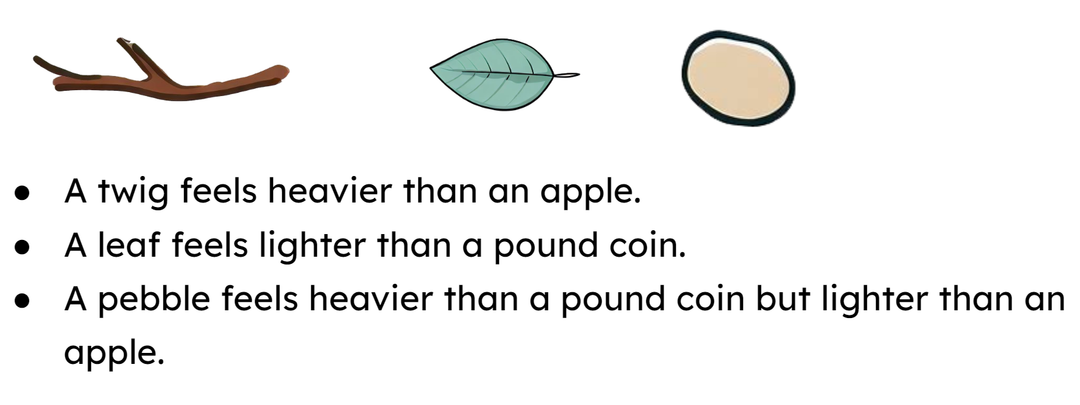Myths about teaching can hold you back
- Year 3
Comparing and estimating mass and volume
I can compare objects with ones I know to estimate mass and volume.
- Year 3
Comparing and estimating mass and volume
I can compare objects with ones I know to estimate mass and volume.
These resources were made for remote use during the pandemic, not classroom teaching.
Switch to our new teaching resources now - designed by teachers and leading subject experts, and tested in classrooms.
Lesson details
Key learning points
- The size of something does not determine how much mass (or matter) an object has.
- Taller containers do not always hold a greater volume of liquid.
- If you know the mass and volume of some objects, it is easier to estimate others by comparing them.
Keywords
Estimate - An estimate is a given value, number or quantity that is near to the true amount; it is a number close enough to the right answer.
Mass - Mass is a measure of how much matter something contains. It is measured by how much something weighs. Mass can be measured in g or kg.
Volume - Volume is the specific amount of liquid in a container. Volume can be measured in millilitres or litres.
Common misconception
Larger objects have a greater mass. Taller containers have a greater capacity and/or volume.
The size of something does not determine how much mass an object has; taller containers may be narrower and so may not hold as much liquid.
To help you plan your year 3 maths lesson on: Comparing and estimating mass and volume, download all teaching resources for free and adapt to suit your pupils' needs...
To help you plan your year 3 maths lesson on: Comparing and estimating mass and volume, download all teaching resources for free and adapt to suit your pupils' needs.
The starter quiz will activate and check your pupils' prior knowledge, with versions available both with and without answers in PDF format.
We use learning cycles to break down learning into key concepts or ideas linked to the learning outcome. Each learning cycle features explanations with checks for understanding and practice tasks with feedback. All of this is found in our slide decks, ready for you to download and edit. The practice tasks are also available as printable worksheets and some lessons have additional materials with extra material you might need for teaching the lesson.
The assessment exit quiz will test your pupils' understanding of the key learning points.
Our video is a tool for planning, showing how other teachers might teach the lesson, offering helpful tips, modelled explanations and inspiration for your own delivery in the classroom. Plus, you can set it as homework or revision for pupils and keep their learning on track by sharing an online pupil version of this lesson.
Explore more key stage 2 maths lessons from the Measures: mass and capacity unit, dive into the full primary maths curriculum, or learn more about lesson planning.

Licence
Prior knowledge starter quiz
6 Questions
Q1.Which of these would you use grams to measure?
Q2.Look at these objects. Which has the greater mass?

Q3.A glass holds 250 ml of water. Compare this volume to a volume of one litre. Which statement is true?
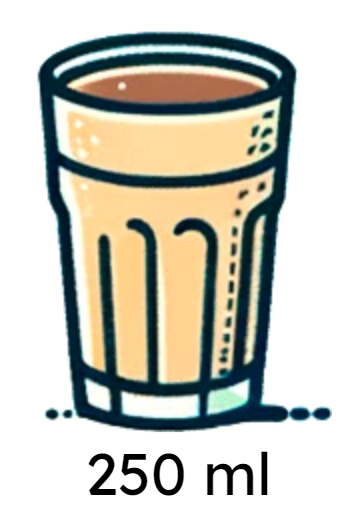
Q4.What is the mass of this teddy bear?
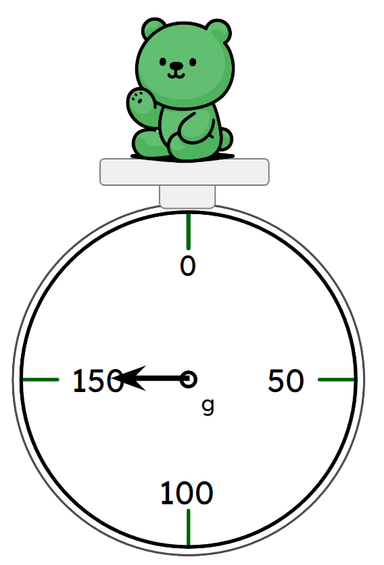
Q5.What volume of water is in this jug?
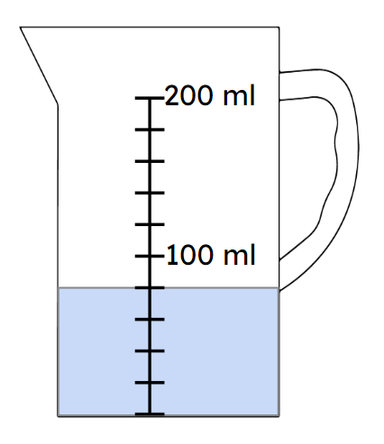
Q6.Starting with the smallest, put these containers in order of their capacity.
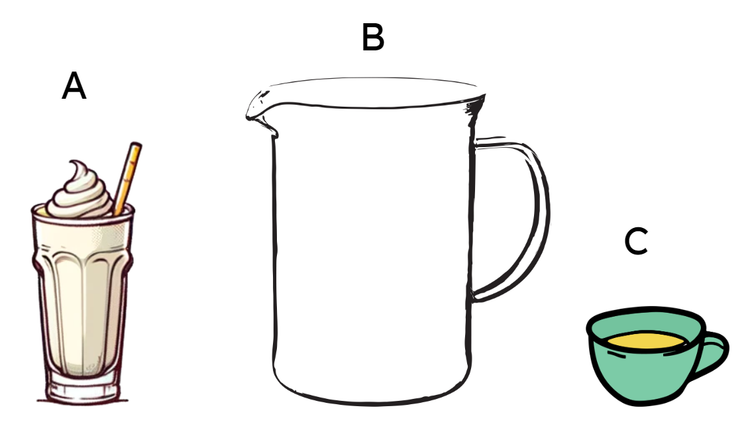
Assessment exit quiz
6 Questions
Q1.Look at these two bags. They are the same size. Will they have the same mass?
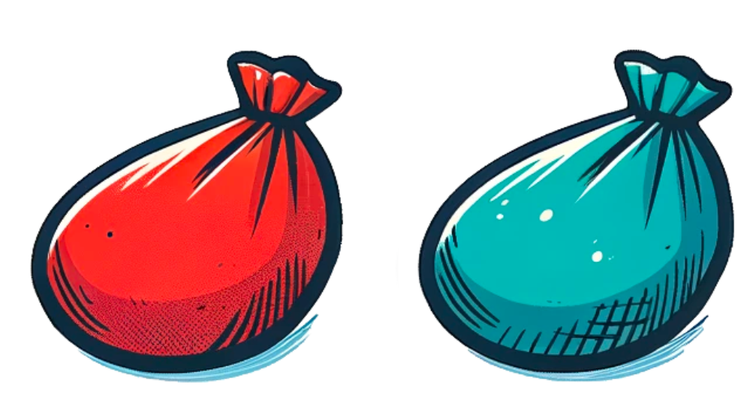
Q2.Look at these bags. Which has the greater mass?
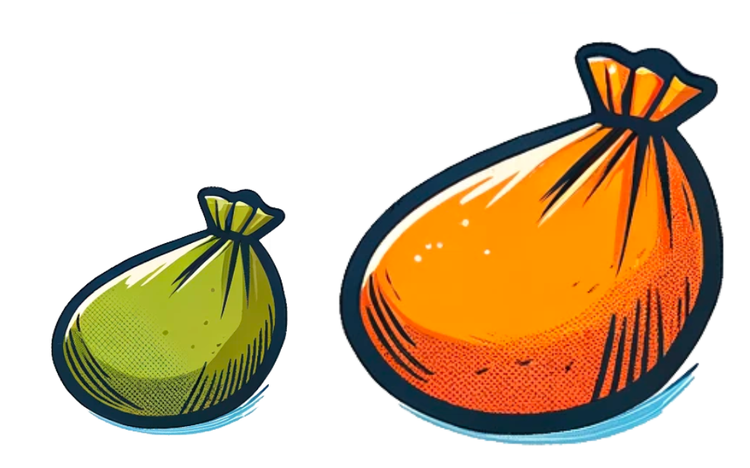
Q3.Look at these containers. Which has the greatest capacity?
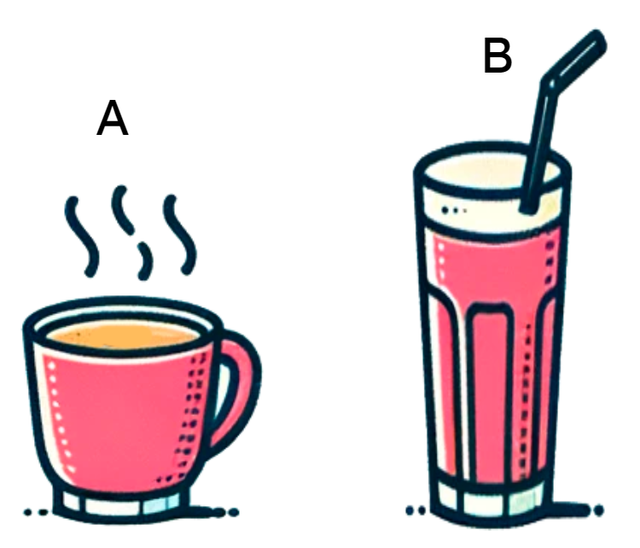
Q4.Andeep holds a pebble and compares its mass to the mass of a 50 g egg that he is holding. The pebble feels lighter than the egg. Which statement is true?
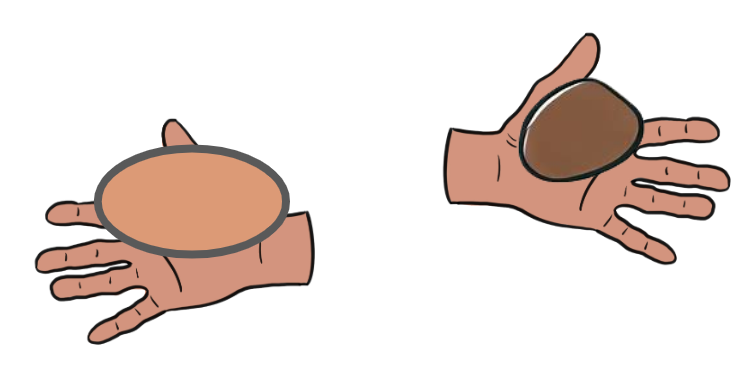
Q5.The mass of a toy car is smaller than the mass of a 50 g egg but greater than that of a 10 g pound coin. What could its mass be?
Q6.Using these clues, starting with the object with the smallest mass, put these objects in order.
